The Science of Choosing #Hashtags to Promote Your Research
 Kathrine Fetizanan, Marketing & Engagement Specialist and Kathryn Muehlberger, Client Communications Specialist
Kathrine Fetizanan, Marketing & Engagement Specialist and Kathryn Muehlberger, Client Communications Specialist
In the rise of the digital age, social media use has become a natural part of daily life for billions of people around the world. It is now more important than ever, especially for scientists and those in academia, to take advantage of social media to effectively promote one’s research. Where to start? Connecting with audiences worldwide begins with strategic hashtag use.
What are hashtags?
Hashtags, symbolized by the pound sign (#), are symbols that are used to “tag” certain discussions, events, or keywords. They are mostly found on Twitter and Instagram , but have now expanded to other social platforms, such as YouTube . Social media users can click on hashtags to see what the latest or most popular news is on a particular topic. For example, “#science,” will link a user to what is trending for science-related topics as well as posts that have the word, “science.”
Usually, social platforms place posts that have the most engagement (i.e., likes, comments, and shares) at the top of the search page. With 3.96 billion people posting on different social media platforms, we understand it is easy to become lost in a sea of scientists and research findings. Using the insight we provide below, you can make your research more discoverable.
Tips to promote your research more effectively with hashtags: Get to know your community
1. Have a clear idea for your target community and get to know your audience. You worked hard, and naturally, you want to see your research disseminated to a wide audience. The best way to start is to reach out to the communities that would be most impacted by your work. The more you know about your target communities, the better your chances of your research being read and discovered by others. Having a ‘niche’ audience will help you grow your presence. When you do identify the specific audience(s) you want to reach, engage with them, whether it be by replying to questions about your research, or responding to their enthusiasm about your science. A simple response can help an audience connect with you, even if they do not know who is behind the screenname.
2. Become familiar with your platform. Though the goal of social media is to connect or reach out to others in some way, each social media platform is unique and should not be used in the same manner. Twitter, for example, is mostly text-based. Users must be able to fit text content and hashtags to within 180 characters. Instagram, by contrast, makes use of photos, which can be useful for scientists to display their findings in a visual manner. With a better grasp on each platform, you will be able to identify how best to reach your targeted audience. We suggest browsing each platform’s website and frequently asked questions to help you understand the mechanics of how it is used.
3. Use hashtags that are popular for your topic(s). While tempting, using general hashtags may cause your posts to become lost. Instead, be specific in hashtag use. For example, specific keywords from your article may also be used as hashtags. Remember, social media evolves quickly. A popular hashtag one day may not be the same one the next day, or even within a few hours. Always check the trending hashtags for the day you post, and then get creative.
4. Follow users who use your hashtags to grow your audience. There may be some understandable anxiety into starting out on a social media platform you have not used. Using hashtags, such as #academictwitter and #scholarsunday, can connect you with other researchers on the platform. By following others who share your interests and goals, you will be able to tap into a community you are comfortable in and an audience that you can reach.
5. Post original content often, but don’t spam. Finally, high-quality and original content posts are a necessity for scientists and researchers on any social media platform. The content you post should both satisfy your audience’s curiosity and intrigue them into wanting to learn more. Infuse the same enthusiasm that you feel about your research into your posts, so others can also get excited. Make sure to post wisely, however, and not fill your audience’s feeds with continual posts. Instead, spread out your content posting, so that your audience has something to look forward to. This is a delicate balance but try to stay consistent in your posts as well as active on the platform.
Most importantly, remember to have fun and connect with others. Do not stress if your posts do not become ‘viral’ immediately. As many of us are aware, success comes with time, hard work, and patience.
 Previous Article
Next Article
Previous Article
Next Article 

